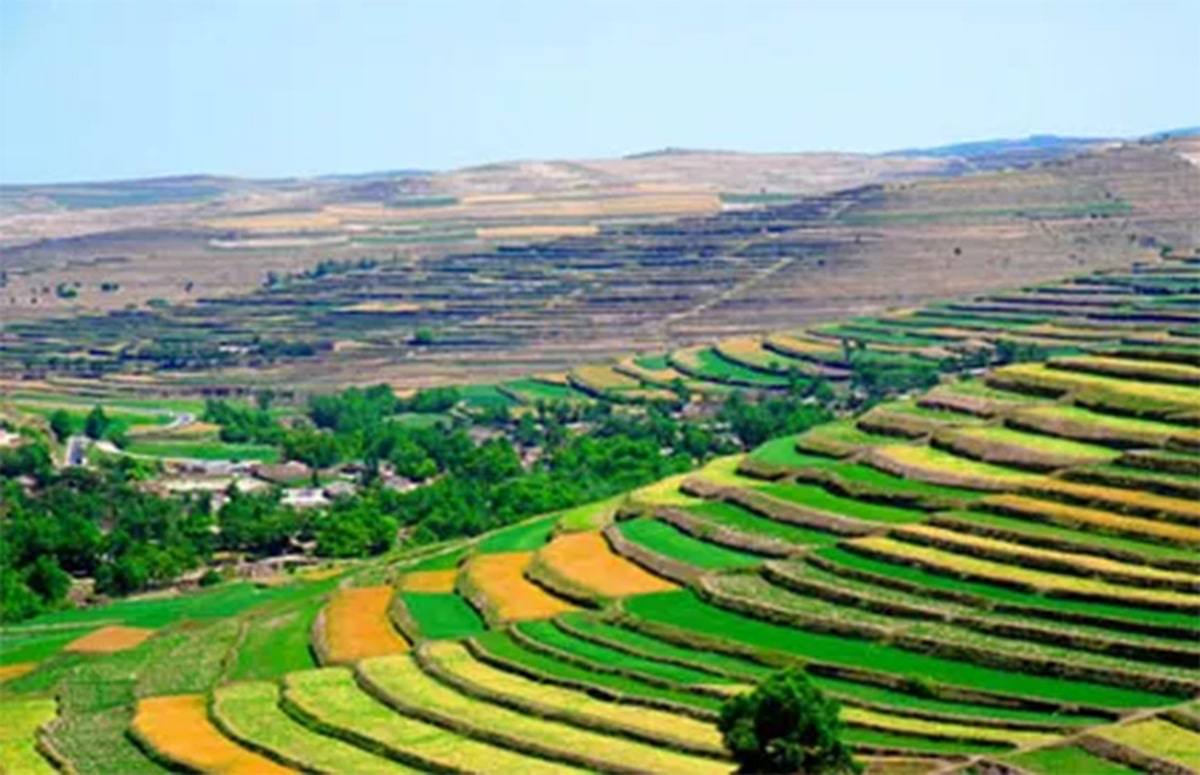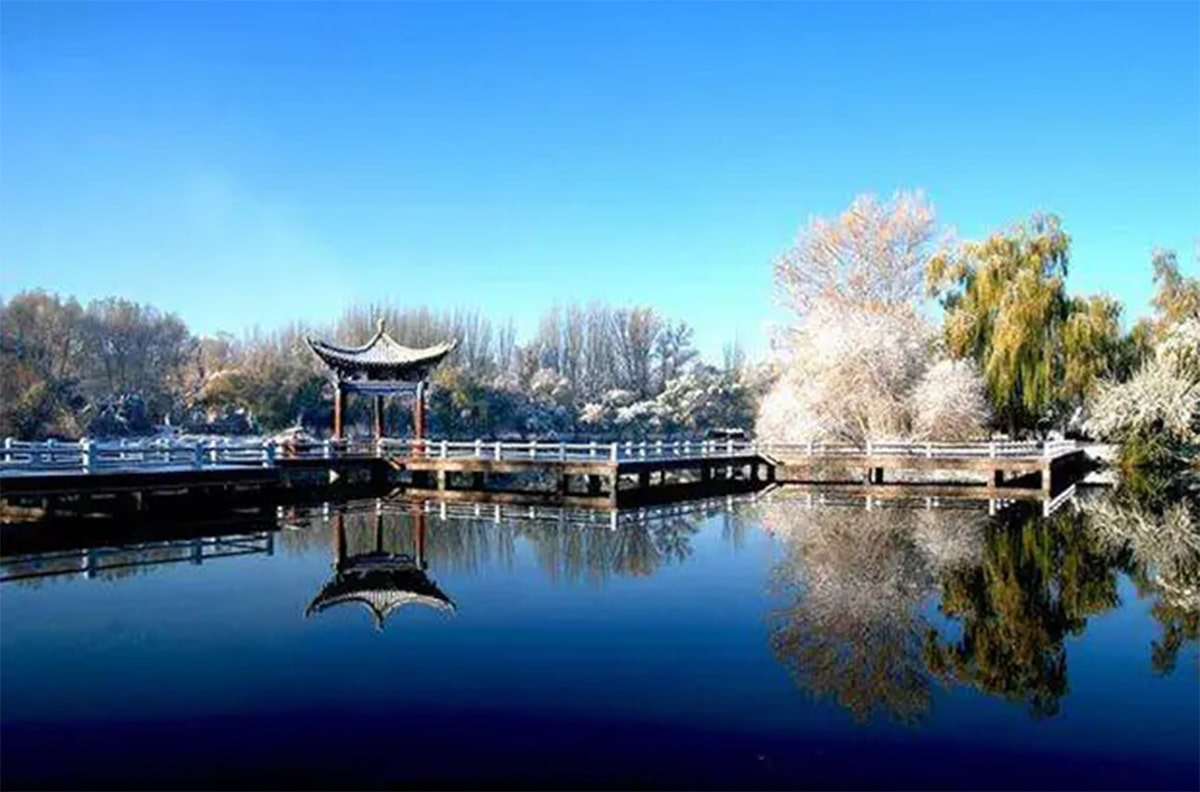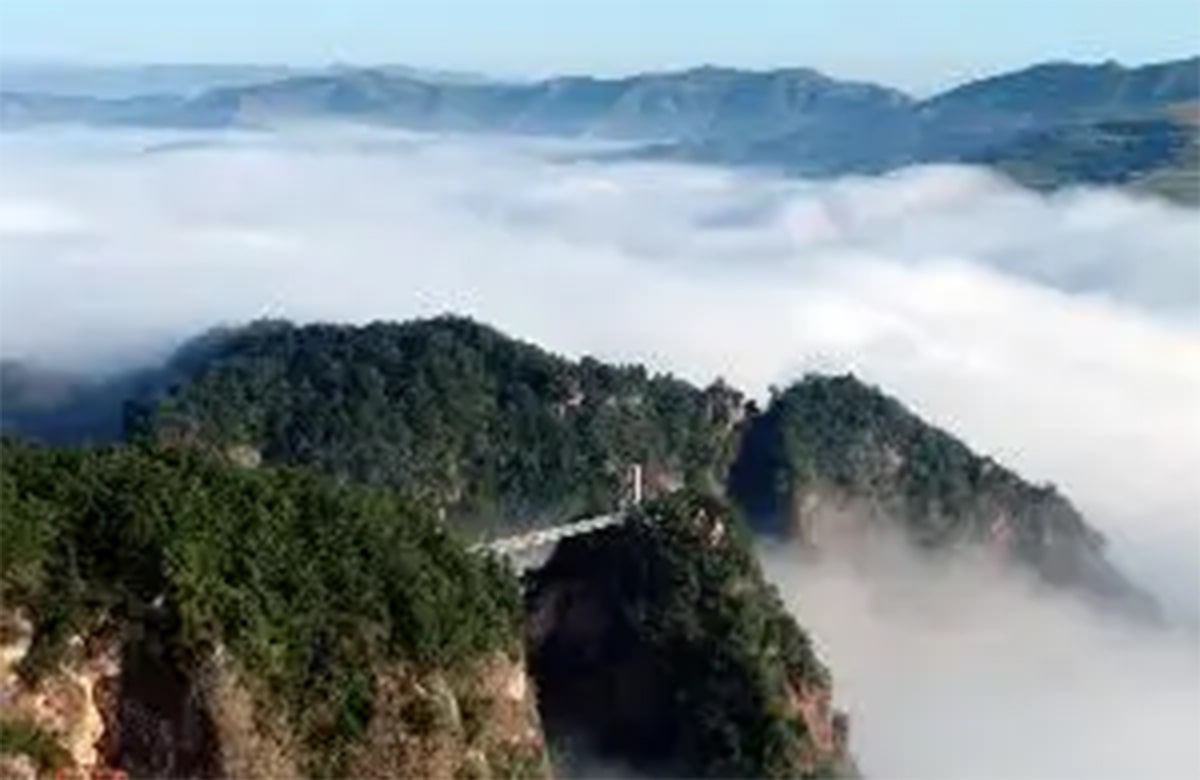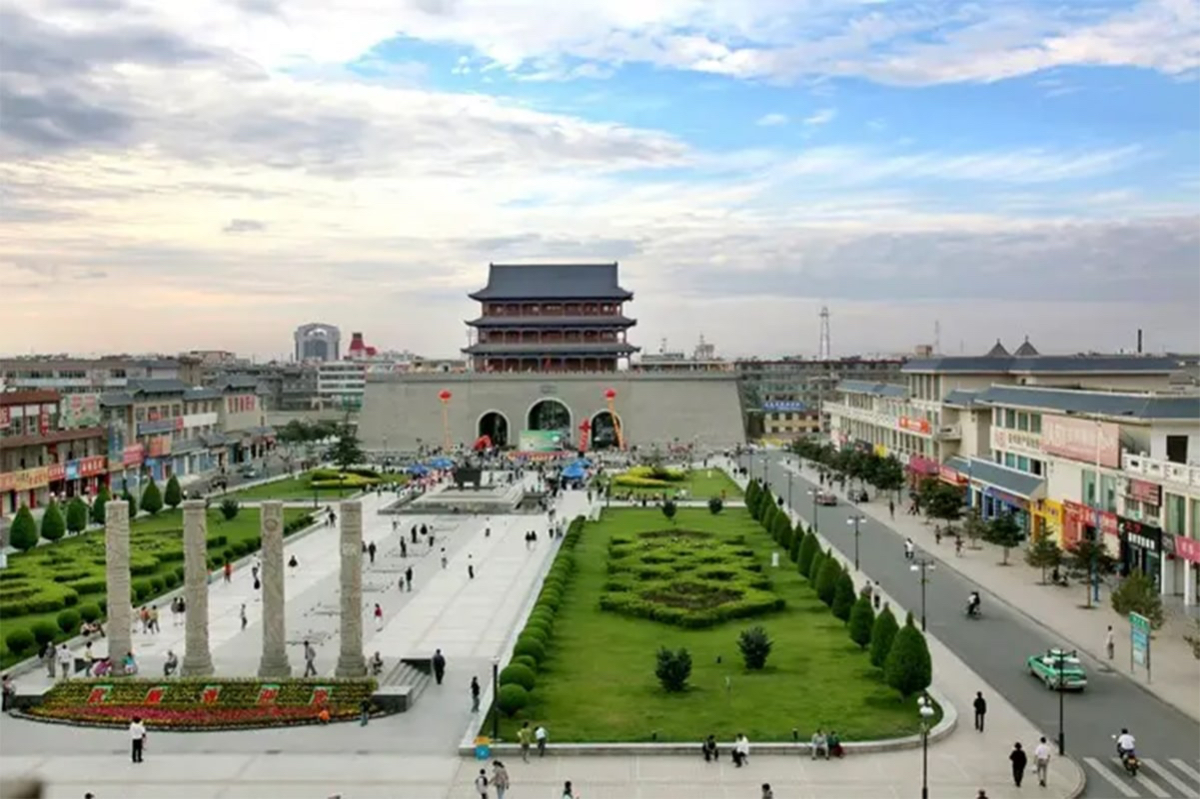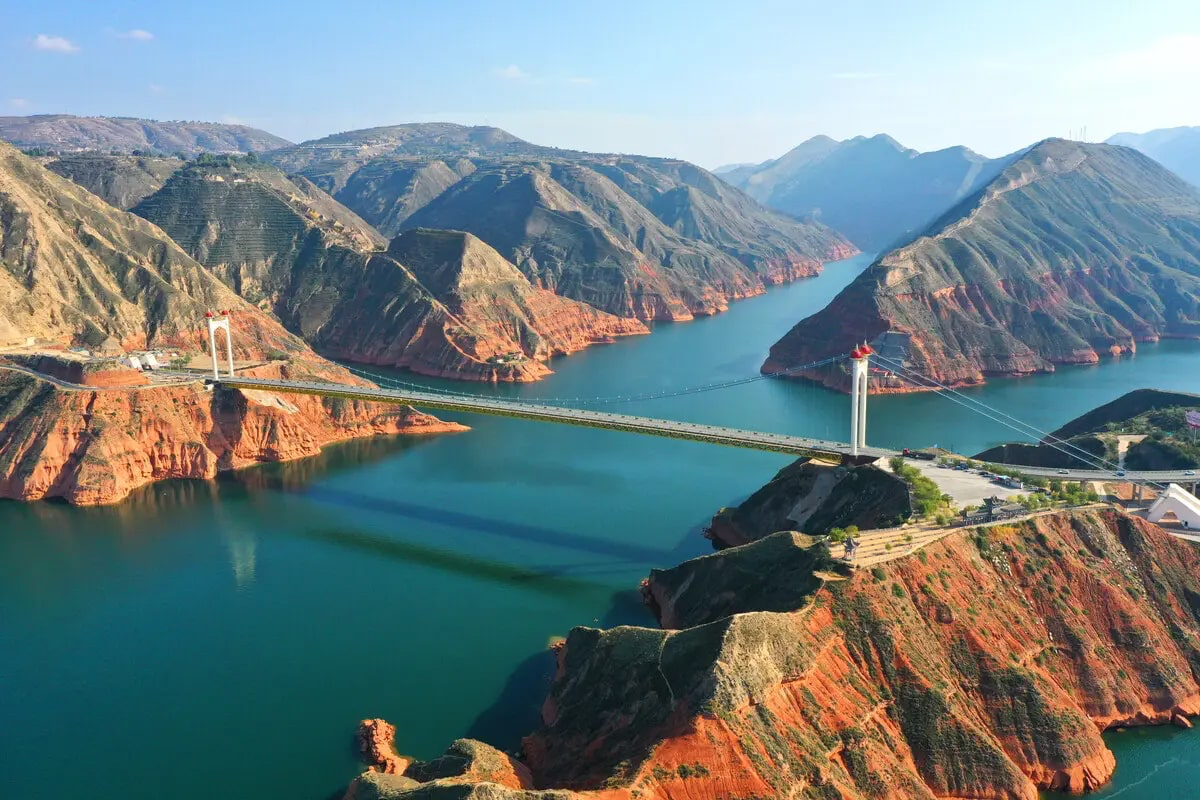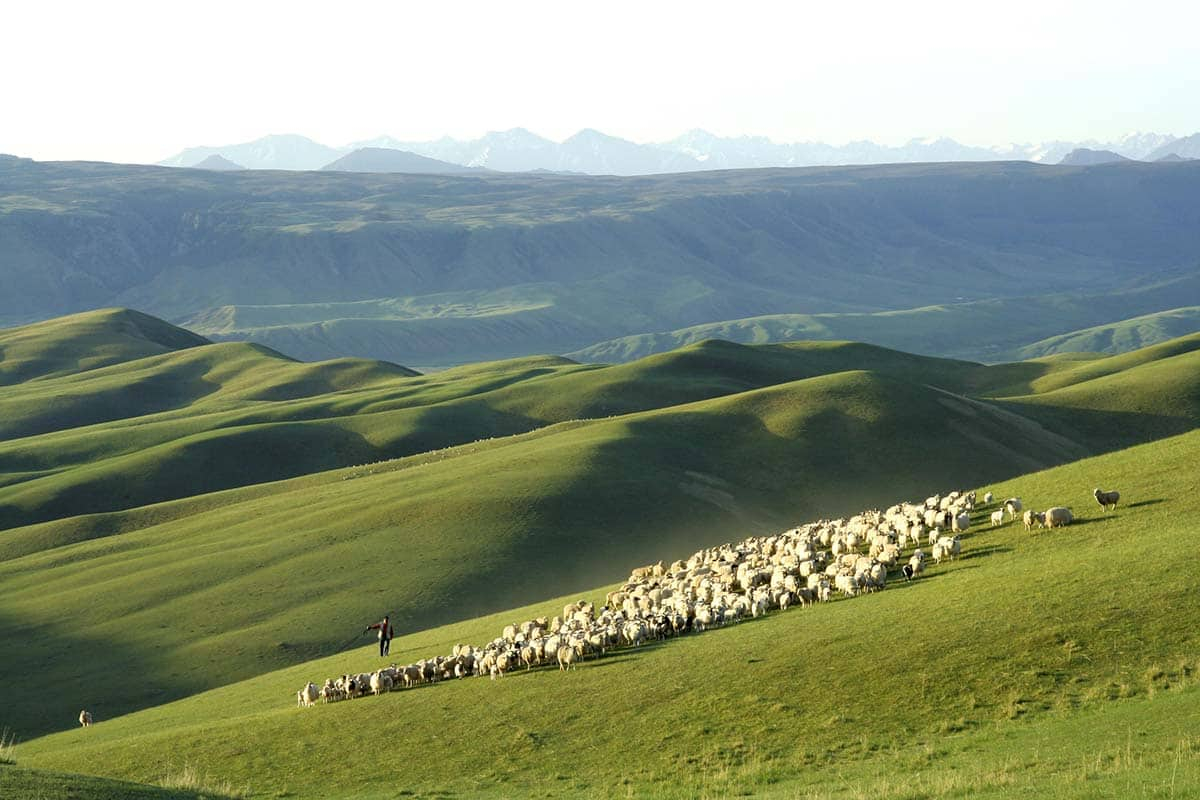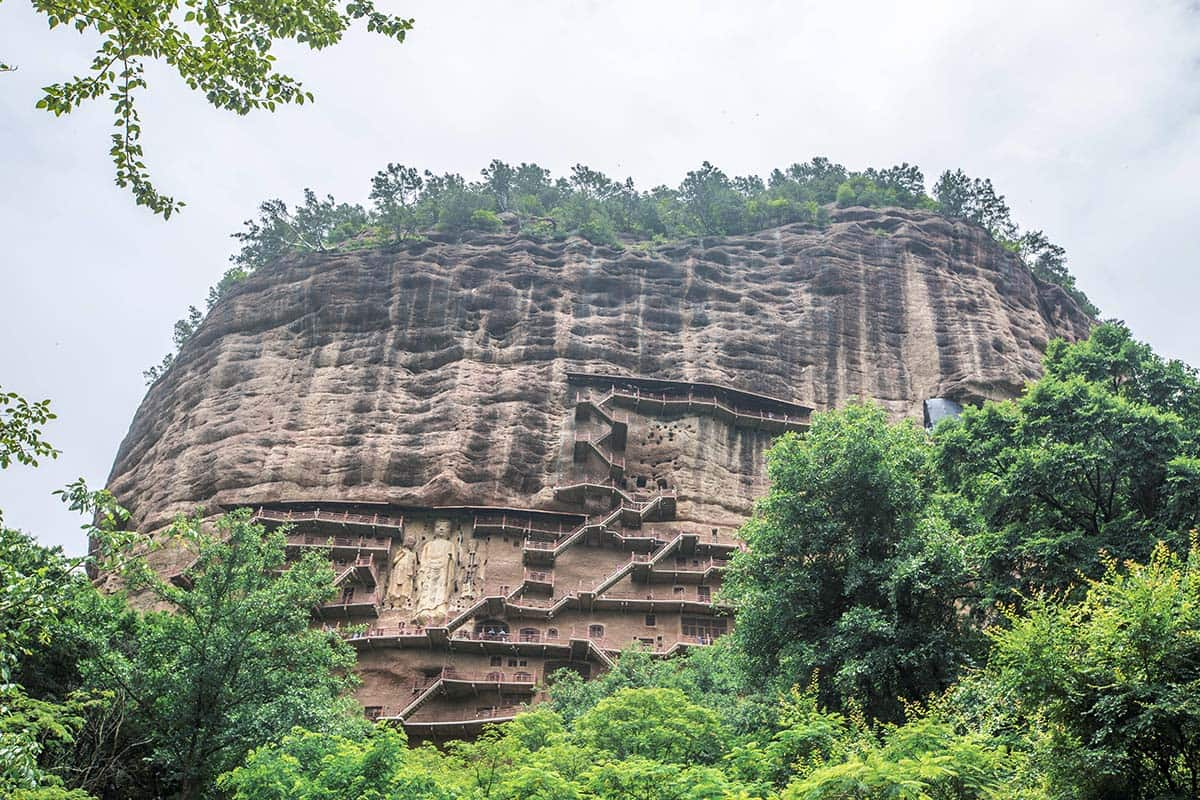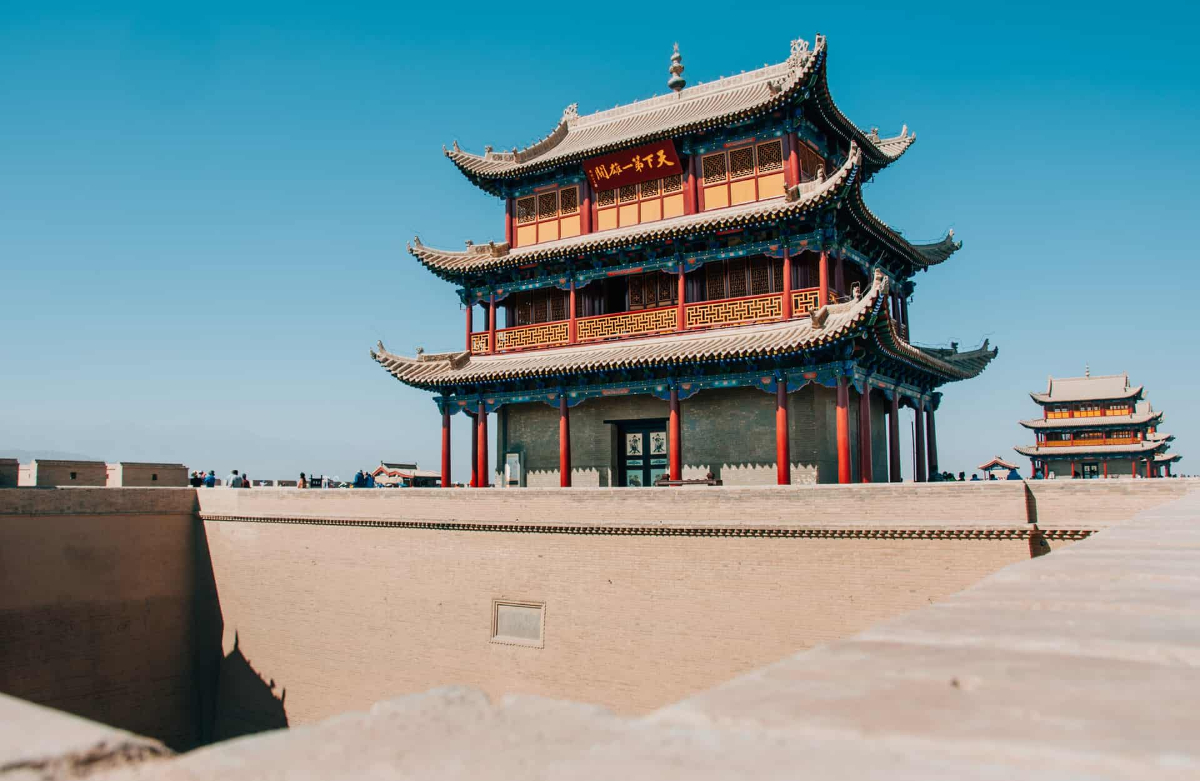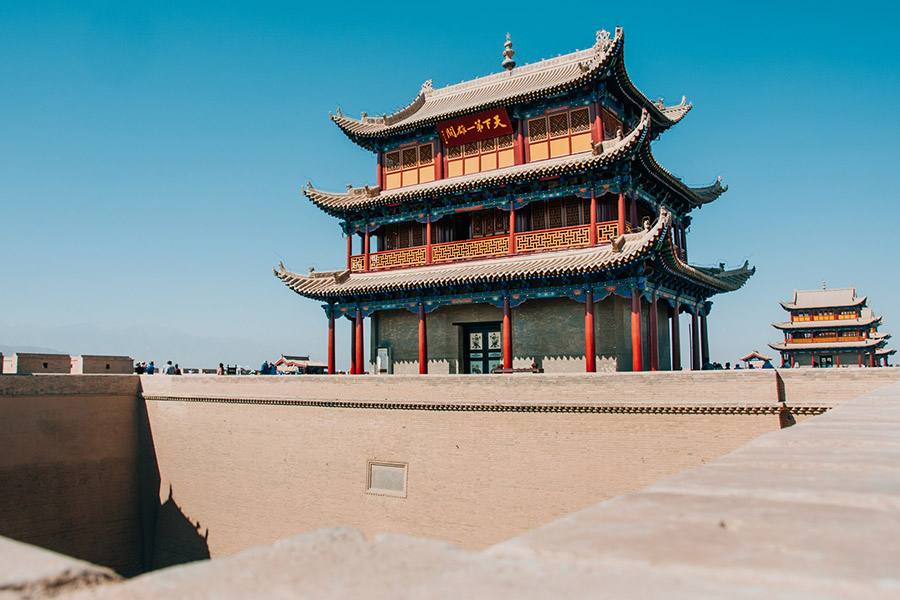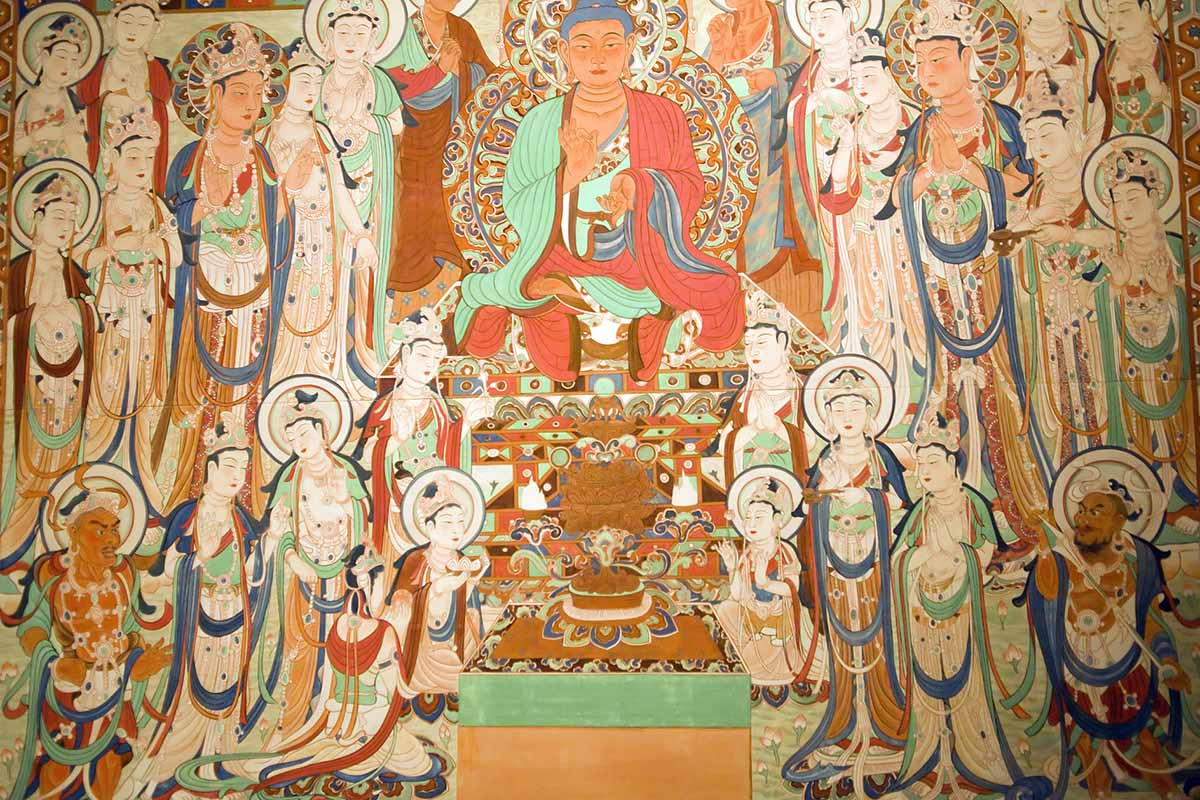Zhangye: A City of red hills and rich culture
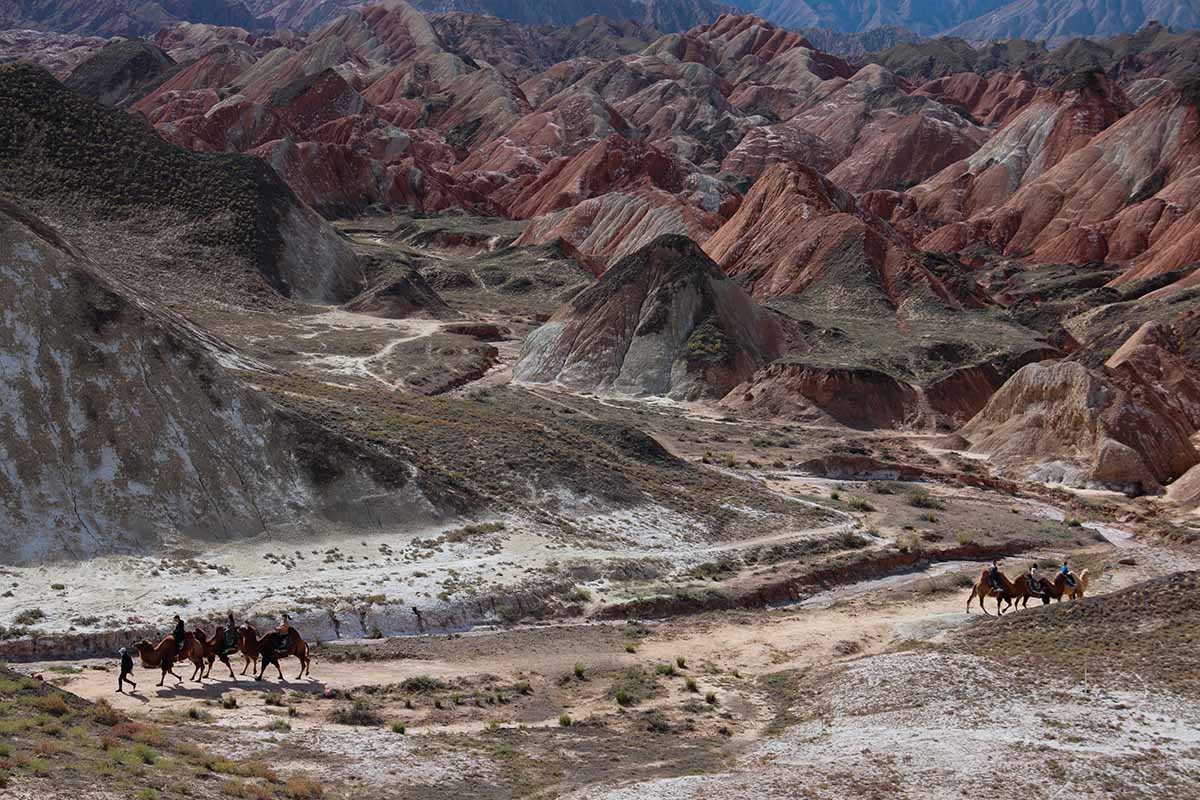
Zhangye is adjacent to Wuwei area and Jinchang city to the east and connected with Jiuquan area to the west, which makes it the joint point that links the southern and northern routes of the Ancient Silk Road with the Juyan Old Path. Qilian Mountain standing in the south, the Heli Hill and Longshou Hill lying in the north and the Black River running though the whole area. The plain land and fertile soil contribute a lot to its luxuriant forests.
Zhangye was called as Ganzhou in ancient time. As the “arm” in Zhang Period to the communication with western regions in Western Han Dynasty, Zhangye got its name and has always been praised as “the Yangtze River Region in the frontier” and ‘the golden Zhangye”.
Zhangye is in the center of the Hexi Corridor, an area served as the frontier for much of China's history, forming a natural passage to the Central Asian portion of the empire. During the Western Han dynasty, Chinese armies were often engaged against the Xiongnu in this area. It was also an important section of the Silk Road. The fearsome Mongol Emperor Kublai Khan is said to have been born in the Dafo temple, also the site of the longest reclining wooden Buddha in China. In The Travels of Marco Polo, Marco Polo describes that he spend a year in a city called Campichu, which has been identified with Ganzhou.
● What to do and where to go in Zhangye
With a long history, splendid culture, beautiful landscape, Zhangye belongs to the second group of national and historic cities and open cities that were announced by the State Department in 1985. This city is dotted with multitudinous scenic spots and cultural sites.
Zhangye breeds vast oasis with the moistening of Hei River. There are rich natural landscapes like beautiful primitive wetland, colorful Danxia landform, wild scenery of Qilian Mountain and the glacier and towering peak of Gobi Desert.
Folk art performances given on traditional or religions festivals are popular in Zhangye, including walk on stilts, boat that runs on land, dragon dance, yangko, cantata, etc. Zhangye is proud of its place in history.
There are many historical sites for visitors in Zhangye.
Zhangye Danxia Geopark, enjoys he honors of " The world's top ten magical geographical wonders, is the best place for photography. The best time to see it is in the late afternoon / evening as the sun is setting. Blues, reds and golds are among the colours visible in the breathtaking rock formations. It is a glorious view!
Binggou Danxia Park has totally different landscape and absolutely worth a visit. It is about an hour from Zhangye and the formations are quite interesting. These formations really do look like ice sculptures melting, which rings true to its name bing which means ice in Chinese.
Mati Temple is well-known as the deity horse footprints. It is a tourist destination integrating grotto art, Buddhist culture, natural scenery, Yugurs and Tibetan style.
Giant Buddha Temple in Zhangye is the largest architectural relic in Gansu Province of the Western Xia (1038-1227) period. China's largest reclining Buddha is well preserved in this temple.
Pingshanhu Grand Canyon is a wild and primitive wonderland for hikers, geologists, and photographers. The reddish rocks are shaped variously and some visitors even compare it to Colorado Grand Canyon in US.
Muta Temple, with a history dating back to the Northern Zhou Dynasty, is a 32.8 m-high tower. This octahedral tower has nine stories with decorative design in the doors and windows of each story. Climbing up to the peak of this tower, you can have a panorama view of Zhangye city standing peacefully in the front of Qilian Mountain.
You can not only feast your eyes on ancient buildings in various styles but also experience the ethnic customs of Chinese minorities like Tibetan nationality, Hui nationality and especially Yugu nationality. Ancient people concluded as “Mountains are reflected in one lake, half of the city is covered with pagodas, the reeds and brook become one whole and ancient temples are everywhere”.
● What to eat in Zhangye
Food culture is dominantly in northwestern style; that means noodles and other types of food made from wheat as staple, and generous amount of meat. Noticeable local snack is hui dou (grey pea). Gray pea, , is made from light-brown, mashed peas. Sugar is usually added, which makes it especially delicious. And it is very popular among the local people during summer time.
● Transport
Given its strategic location both now and in history, Zhangye is a city can be accessed with relative ease. Zhangye Railway Station, located about 6km away to the downtown area, is a major stop along the Lanzhou-Urumqi Railway Line. It has trains daily to and from Shanghai, Xian and Lanzhou. Zhangye Ganzhou Airport (YZY) is located 13km to the south of the city. Operators such as China Eastern Airline, China Southern Airline and Chengdu Airline offer flights to and from cities like Beijing, Chengdu, Shanghai, Lanzhou and Xi’an.
● Zhangye Climate
Much of Zhangye city has a continental climate. It is quite dry and has distinct four seasons. with the average sunlight of over 3000 hours annually, Zhangye is a sunny place. Coldest month is January and hottest in July. The comfortable months for travel is from June to September.
- HOTEST
- RECOMMEND
